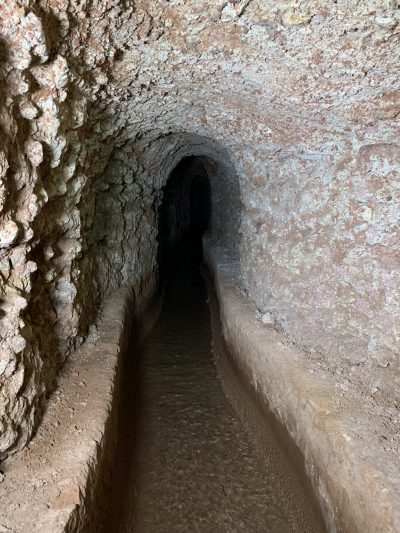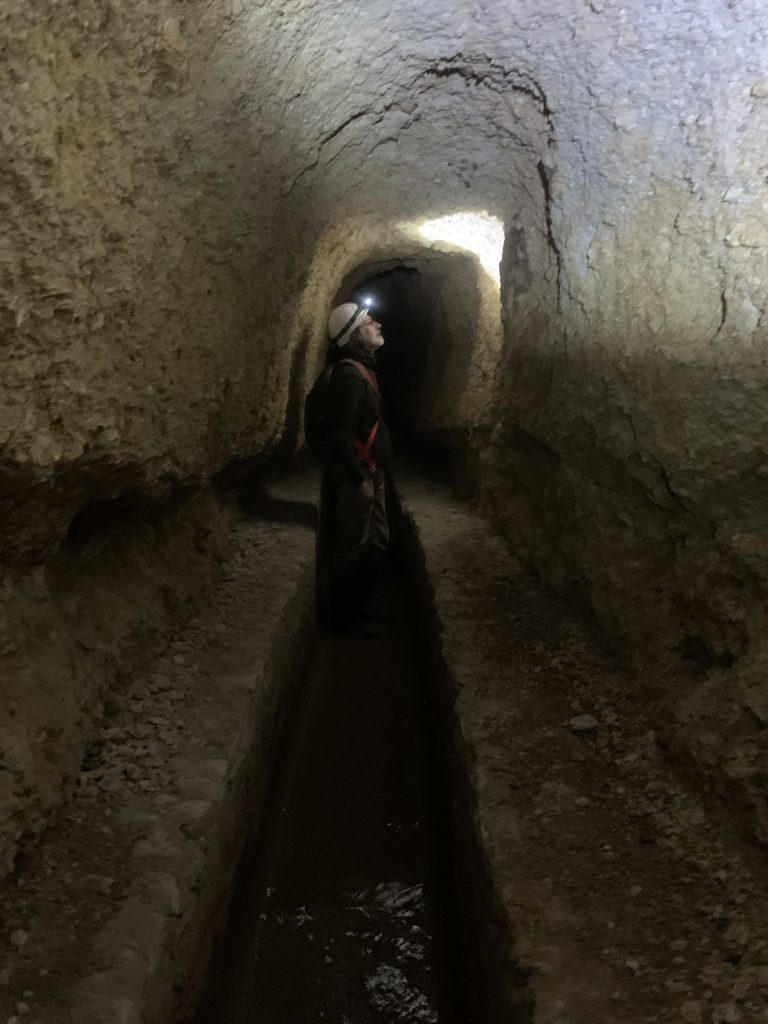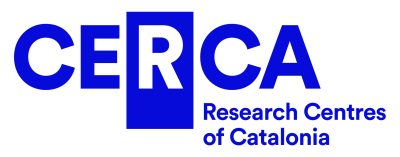
ICAC archaeologists, as part of the project to study the Roman aqueducts of Tarraco, have explored one of the Roman galleries in the Mina de l’Arquebisbe, located in the municipality of Els Pallaresos (Tarragona).
This gallery is one of the seven excavated underground of the mountain which were part of the Roman aqueduct of Puigpelat. Roman galleries were repurposed in the 18th century in the construction of the “Mina de l’Arquebisbe” (Archbishop’s Mine, in Catalan). After 2,000 years, these Roman galleries still supply water to the city, fulfilling their mission perfectly.
The explored gallery has an entrance on Llevant Street in Els Pallaresos (Tarragona) and is accessed through a 10-meter deep well. The gallery has a length of 220 meters and is characterized by a not entirely straight path but with several bends. Its height is very irregular, ranging from 1.20 to 4.70 meters depending on the area, with sections that show significant variability.
Researchers have noticed that this Roman gallery underwent reforms aimed at its maintenance. Among them, two actions carried out in the 18th century stand out, the moment when the gallery was put back into operation: the construction of an interior channel with a masonry floor and two parallel walls about 50 cm high, and the construction of a series of transverse reinforcing walls.
In addition to the access well, this gallery has another connection to the surface, through one of the characteristic cylindrical airshafts from the 18th century, which was probably built using one of the extraction wells dug during the construction of the Roman gallery.

Archaeologists Jordi López and Josep M. Puche were responsible for venturing into the depths of the gallery. The exploration was made possible thanks to the willingness and assistance of EMATSA, which is responsible for the care of the Mina de l’Arquebisbe: a historic site recognized as a Local Cultural Heritage of Interest and protected by EMATSA through a special plan that includes protective measures, infrastructure improvements, and the dissemination of information to the public to make them aware of the functional, heritage, historical, and landscape values of the elements within the Mine.
These historical elements bring the history of Tarraco to life and emphasize the importance of preserving archaeological heritage.
The Mina de l’Arquebisbe continues to be a place of exploration and discovery for researchers, providing a unique perspective on the connection between the past and the present of the city of Tarragona.
This ICAC intervention is part of the research project AQVAE TARRACONEM DVCTAE: La portada d’aigües a Tàrraco i vil·les de l’entorn, co-directed by Dr. Jordi López Vilar and Josep Maria Puche Fontanilles, members of the MIRMED research group at ICAC-CERCA.

About the Catalan Institute of Classical Archaeology (ICAC-CERCA)
The Catalan Institute of Classical Archaeology (ICAC-CERCA) is a CERCA center established as a consortium in 2003 by the Government of Catalonia and the Rovira i Virgili University. It is a leading institution in the research and conservation of archaeological heritage in Catalonia. Its headquarters are located in Tarragona, a city recognized as a UNESCO World Heritage Site in the year 2000. Its researchers work to understand the past through the study of archaeological remains and promote the preservation of the rich historical legacy of the region. We are CERCA!
More information at www.icac.cat.

About EMATSA
EMATSA is the municipal company responsible for the management and maintenance of water and sewage services in Tarragona. With a strong commitment to the environment and the community, EMATSA plays a fundamental role in the preservation of the city’s historical infrastructure, such as the Mina de l’Arquebisbe (Archbishop’s Mine). For more information, please visit www.ematsa.cat.






